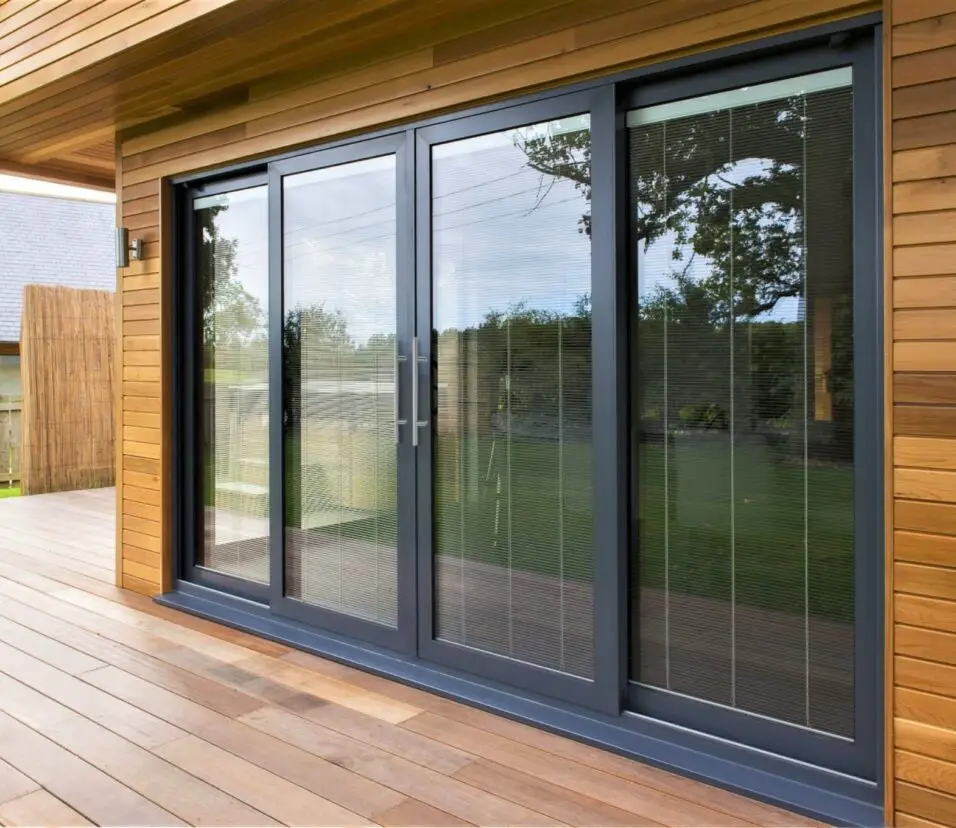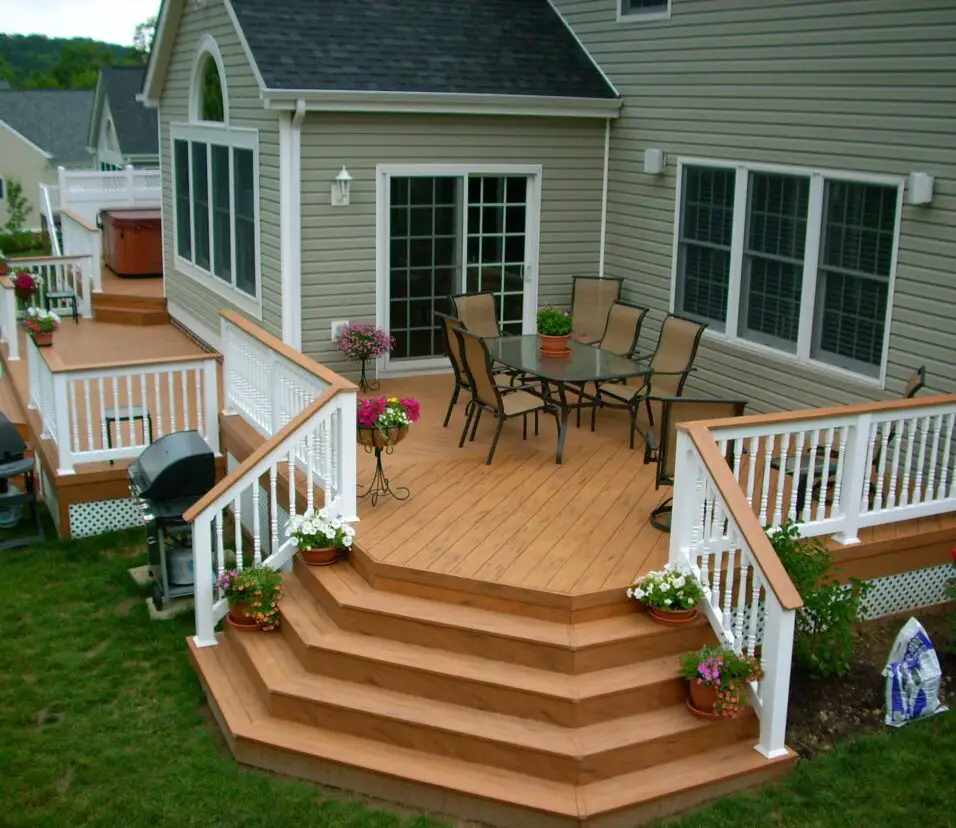How To Wash Patio Cushions
Introduction
How To Wash Patio Cushions: Before diving into the cleaning process, it’s essential to understand the construction and material of your patio cushions. Different materials, such as fabric, vinyl, or woven resin, require specific cleaning techniques and solutions to avoid damage. We’ll explore the different types of patio cushions commonly available and discuss how to identify the materials, ensuring you’re well-equipped to clean them effectively and safely. A successful cleaning session starts with proper preparation. In this chapter, we’ll guide you through the necessary steps to prepare your patio cushions for washing.
We’ll cover removing the cushions from the patio furniture, checking for any pre-existing stains or damage, and determining whether any spot treatments are necessary before washing. Selecting the appropriate cleaning solution is crucial for achieving optimal results without harming the fabric or material of your patio cushions. In this section, we’ll explore different homemade and store-bought cleaning solutions, taking into consideration the type of stains, weather exposure, and the cushion material. We’ll also offer eco-friendly alternatives for those who prefer natural cleaning agents.
Fabric patio cushions require special care to preserve their color and texture. In this chapter, we’ll walk you through the step-by-step process of cleaning fabric cushions. From gentle handwashing techniques to using a washing machine, you’ll learn the best methods to remove dirt and grime effectively. Vinyl and woven resin patio cushions are popular for their durability and water-resistant properties. In this chapter, we’ll delve into the specific cleaning methods suited for these materials. Whether it’s tackling mildew growth or dealing with stubborn stains, you’ll gain insights into maintaining these cushions in pristine condition.

Can you wash patio cushions?
Spray undiluted distilled white vinegar over the affected area and wait at least 10 minutes. For stubborn stains, place a cloth soaked in vinegar over the spot. Scrub the cushions with a brush, then clean with a sponge dipped in water and a small amount of detergent. Rinse and let air-dry completely in a sunny spot.
Before diving into the cleaning process, it’s crucial to understand the type of patio cushions you have. Common materials include fabric, vinyl, and woven resin, each with its unique characteristics and cleaning requirements. By identifying the material, you’ll be better equipped to select the appropriate cleaning method and solutions.
Proper preparation is the key to a successful cleaning session. In this chapter, we’ll guide you through the necessary steps to prepare your patio cushions for washing. This includes removing the cushions from the furniture, checking for any pre-existing stains or damage, and addressing any spots that need special treatment before washing.
Selecting the right cleaning solution is paramount in achieving effective results without damaging the fabric or material of your patio cushions. We’ll explore various homemade and store-bought cleaning solutions, taking into account the type of stains, weather exposure, and cushion material. Eco-friendly alternatives will also be provided for those who prefer natural cleaning agents.
Fabric patio cushions require special care to preserve their color and texture. In this chapter, we’ll walk you through the step-by-step process of cleaning fabric cushions. From gentle handwashing techniques to using a washing machine, you’ll learn the best methods to remove dirt and grime effectively.
How do you clean outdoor cushions without removable covers?
To clean non-removable outdoor cushions:
- Start filling a bucket with lukewarm water and add a mild upholstery shampoo.
- Dip a sponge or soft-bristled brush into the suds and scrub the cushion all over, working the cleaner into any cracks or crevices.
- Rinse away the soap by sponging the cushion with clean water.
Before diving into the cleaning process, take a moment to assess the condition of your outdoor cushions. Identify any specific stains or areas that require special attention. This evaluation will help you choose the appropriate cleaning method and solutions tailored to the cushion’s unique cleaning needs.
Cleaning outdoor cushions can get a bit messy, so it’s essential to set up a suitable cleaning area. Ideally, choose an open and well-ventilated space, like your patio or a backyard area. Lay down a tarp or plastic sheet to protect the ground and make cleanup easier.
Start by giving your outdoor cushions a thorough dry cleaning. Use a handheld brush or a vacuum cleaner with a brush attachment to remove loose dirt, debris, and pet hair from the surface and crevices of the cushions. This step will ensure that the wet cleaning process is more effective.
Next, create a gentle cleaning solution. For fabric cushions, mix a solution of mild detergent or dish soap with warm water. Avoid using harsh chemicals or bleach, as they may damage the fabric. For vinyl or resin cushions, you can use a mixture of water and white vinegar to remove stains and disinfect.
What happens if patio cushions get wet?
When poor-quality outdoor cushions get soaked through with water, the foam filling can take a while to dry out. If the foam doesn’t dry properly, it can hold moisture for too long, which may lead to mould. Another culprit of mould is spillages from alcohol and other beverages.
Most patio cushions are made from materials that can absorb moisture, such as fabric, foam, or fiberfill. When exposed to rain or other liquids, these materials may soak up water like a sponge. As a result, the cushions become heavy and take longer to dry, increasing the risk of damage and mold growth.
One of the primary concerns with wet patio cushions is the development of mold and mildew. The damp environment created by trapped moisture becomes a breeding ground for these fungi. Not only does mold give off a musty odor, but it can also cause health issues and lead to unsightly stains on the cushions.
Excessive water exposure can cause the colors of patio cushions to fade or bleed. This is especially true for cushions made of fabric or materials that are not designed to be highly water-resistant. Fading and discoloration can diminish the aesthetic appeal of the cushions, making them appear worn and aged.
Water can accelerate the deterioration of cushion materials, particularly if they are not adequately protected or made for outdoor use. Constant wetting and drying can weaken the fabric or degrade the foam and fillings, reducing the lifespan and comfort of the cushions.
Is it OK to leave patio cushions outside?
Outdoor cushions are made to withstand the elements. However, they are still susceptible to mold and mildew if they are left or stored outside or in a damp area. Select a dry environment with a consistent temperature and humidity.
Convenience: By keeping the cushions outside, you can easily access them whenever you want to use your outdoor seating area, eliminating the need for frequent storage and retrieval.
Extended Outdoor Enjoyment: With cushions in place, your outdoor seating area becomes instantly inviting, allowing you to relax and entertain comfortably for extended periods.
Space Optimization: Storing patio cushions indoors can take up valuable space. Leaving them outside helps maximize indoor storage and keeps your outdoor space clutter-free.
Weather Resistance: Many modern patio cushions are designed with weather-resistant materials, making them capable of withstanding rain, sunlight, and other outdoor elements.
Moisture Damage: Excessive exposure to rain, dew, or humidity can lead to water absorption, mold growth, and material deterioration, especially for cushions without waterproof covers.
Fading and Discoloration: Prolonged exposure to sunlight can cause colors to fade and fabrics to discolor, potentially diminishing the aesthetic appeal of the cushions.
How long do patio furniture cushions last?
Duration: 1 year (if left outside) but can last several years if cushions are maintained. Outdoor cushion fabric include: Duck cloth and cotton – Prone to fading and mildew if not treated. Textilene – Waterproof but can get quite hot in the sun.
The material quality of patio furniture cushions is a significant factor influencing their lifespan. High-quality cushions made from durable, weather-resistant materials, such as solution-dyed acrylic, polyester, or vinyl, tend to last longer than those made from cheaper or less durable materials.
Outdoor furniture cushions are exposed to various weather conditions, such as rain, sunlight, wind, and humidity. Constant exposure to harsh elements can accelerate wear and tear, fading, and material degradation. Cushions with excellent weather resistance are more likely to withstand the effects of outdoor conditions for an extended period.
Regular cleaning and maintenance significantly impact the lifespan of patio furniture cushions. Proper care, such as removing dirt and debris, spot cleaning stains, and protecting cushions during harsh weather or off-seasons, can help preserve their appearance and integrity.
The frequency of use also affects how long patio furniture cushions last. Cushions that are used more frequently, such as in heavily used outdoor living spaces or during social gatherings, may wear out faster than those used occasionally.
How do I protect my patio cushions from rain?
Protect cushion fabric with a spray-on sun and water shield
Some outdoor furniture cushions, pillows and umbrellas are made with sun and water repellent fabric. If yours aren’t, get Scotchguard Sun and Water Shield and add that protection yourself.
Choose Water-Resistant Materials
When purchasing patio cushions, opt for those made from water-resistant materials. Solution-dyed acrylic, polyester, and vinyl are excellent choices as they naturally repel water and are less prone to water absorption. These materials are designed to withstand outdoor conditions and help protect your cushions from rain.
Invest in high-quality waterproof cushion covers to provide an extra layer of protection against rain. Waterproof covers act as a barrier, preventing rainwater from seeping into the cushions. Make sure to choose covers that fit your cushions snugly and are made from durable, weather-resistant materials.
Storage During Rainy Days
When rain is in the forecast, it’s best to remove your patio cushions from the furniture and store them indoors or in a dry, covered area. Keeping them away from rainwater prevents saturation and potential mold or mildew growth. If your cushions have removable covers, consider taking them off and storing them separately during rainy periods.
To protect your entire outdoor seating area, consider using outdoor furniture covers that cover both the furniture and the cushions. These covers act as a shield against rain and other weather elements, keeping your entire seating area dry and protected.
How can I make my patio cushions look new?
Instead of replacing them, use Rust-Oleum Outdoor Fabric Paint to give your patio cushions, pillows, and umbrella a new look. Clean the fabric with soap and water, rinse thoroughly and let dry completely. If additional cleaning is needed, use a household cleaner such as Krud Kutter.
The first step to revitalizing your patio cushions is a thorough deep cleaning. Remove the cushions from the furniture and give them a good shake to remove loose dirt and debris. Depending on the material, you can hand wash the cushions with a mild detergent and warm water or use a gentle cycle in the washing machine. Be sure to follow the manufacturer’s cleaning instructions for the specific cushion material.
Address any stubborn stains or discoloration on your patio cushions. For fabric cushions, treat stains with a fabric stain remover or a mixture of vinegar and water before washing. Vinyl or resin cushions may require gentle scrubbing with a soft brush and a mixture of water and mild soap. Always spot test any cleaning solution on a small, inconspicuous area first to ensure it doesn’t cause damage.
Sunlight can work wonders in removing odors and killing bacteria. After cleaning the cushions, let them air dry in direct sunlight. The sun’s UV rays have a natural sanitizing effect and can help eliminate any lingering musty smells. Just be mindful not to leave them in the sun for too long, as prolonged exposure may cause fading.
If your cushions have lost their plushness, consider adding some extra fillings. Unzip the cushions, and if possible, add new filling materials like foam inserts or fiberfill to restore their shape and comfort. Fluff the cushions to evenly distribute the filling for a plump and inviting look.
How do you refresh patio cushions?
If your cushions have already faded all is not lost. ‘There’s a simple solution to brighten them back up,’ says Laura. ‘Sprinkle baking soda or spray white vinegar on the faded area, then wash as usual to help give them a refresh.
Cleaning and Dusting
The first step in refreshing your patio cushions is to give them a thorough cleaning. Remove the cushions from the furniture and shake them to remove loose dirt and debris. Use a handheld brush or vacuum cleaner with a brush attachment to remove any remaining dust or particles from the surface and crevices of the cushions.
Address any stains or marks on the cushions. Spot clean fabric cushions with a mixture of mild detergent and water, gently dabbing the stained areas with a soft cloth or sponge. For vinyl or resin cushions, use a gentle soap and water solution to clean the stains.
Deep Cleaning
For a more comprehensive cleaning, consider giving your patio cushions a deep wash. Fabric cushions can be hand washed with a mild detergent and warm water, or machine washed on a gentle cycle. Vinyl or resin cushions can also be scrubbed gently with a soft brush and soap and water solution.
After cleaning, allow your patio cushions to air dry in direct sunlight. The sun’s UV rays have a natural sanitizing effect and can help eliminate any lingering odors. Be cautious not to leave the cushions in the sun for too long to prevent fading, especially for fabric cushions.

Conclusion
By understanding the construction and material of your patio cushions, you can tailor your cleaning approach to suit their specific needs. Whether you have fabric, vinyl, or woven resin cushions, knowing the right cleaning solutions and techniques will ensure you achieve optimal results without causing damage. Remember, proper preparation is essential for a successful cleaning session. Take the time to inspect your cushions for any pre-existing stains or damage, and address any spots that need special treatment before washing. This attention to detail will ensure a thorough and efficient cleaning process.
Choosing the right cleaning solution is vital for maintaining the color and integrity of your patio cushions. Whether you prefer homemade or store-bought cleaning agents, be sure to select solutions that are safe for the material of your furniture cushions and the environment. Throughout our guide, you’ve learned how to clean fabric, vinyl, and woven resin cushions, each with its unique requirements. Additionally, we’ve covered stain removal techniques for various common stains, allowing you to tackle any unexpected spills or marks.
Proper drying and reassembling are critical steps to prevent mildew and maintain the overall quality of your patio cushions. Ensuring they are thoroughly dry before returning them to your furniture will help prolong their lifespan and prevent potential damage. Lastly, adopting routine maintenance practices will make a significant difference in keeping your patio cushions looking and feeling great year after year. Regularly cleaning, protecting, and storing your cushions during harsh weather conditions will preserve their beauty and comfort for many outdoor seasons to come.








